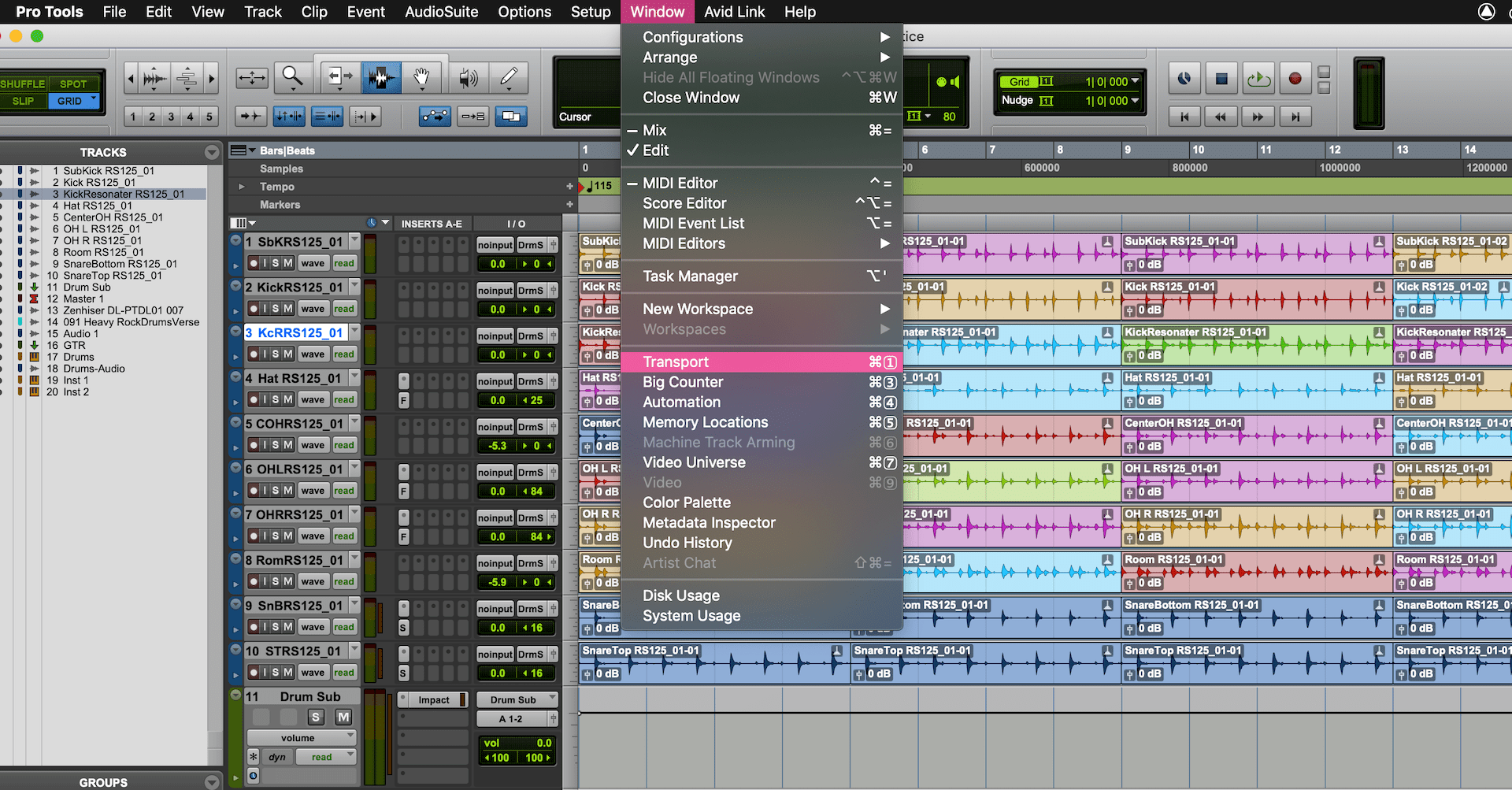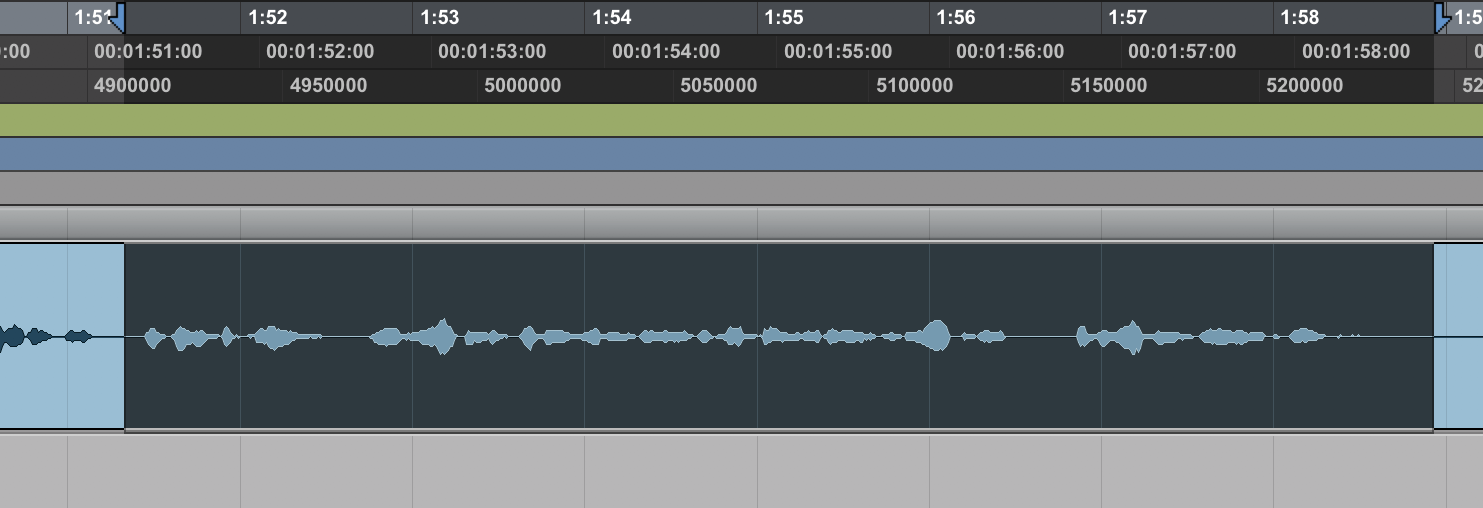
- #Pro tools shortcut command e software
- #Pro tools shortcut command e plus
- #Pro tools shortcut command e windows
Shown here is the dialog when placing a wire on a schematic. Use the Graphical Editing Hot key List dialog to refresh your memory about the shortcuts available for the currently running interactive command. Note that theĭialog is purely for guidance - the commands cannot be launched from within the dialog. This gives access to the Graphical Editing Hot key List dialog, providing a list of the shortcuts available. Hover over the image to see the menu when interactively routing a connection on a PCB.Īlternatively, and for some interactive commands, use the F1 keyboard shortcut. Shown here is the menu when placing a wire on a schematic. Use the Shift+F1 shortcuts menu to refresh your memory about the shortcuts available or use it in the traditional menu sense to select the required option with the mouse. On the currently running command (and use the desired shortcut thereafter). You can either process another command by choosing it from the menu, or press Esc to close the menu without impact Shortcut to access a menu listing all valid shortcuts for that stage of the interactive command. When running an interactive command within the Schematic and PCB editors - for example Place » Wire in a schematic or Route » Interactive Routing in the PCB - use the Shift+F1 keyboard
#Pro tools shortcut command e software
To help with this, the software provides some ways to 'look up' key In a multi-editor environment like Altium Designer, it can be hard to remember the shortcuts, particularly those special-purpose ones that are available when you are running a command.
#Pro tools shortcut command e windows
Prevent automatic docking, grouping, or snapping.ĭrag and drop from Windows Explorer into Altium Designer Refresh the active document when that document is a web-based document. Step back to the previous document, in the sequence of documents that have been made active in the main design window. Step forward to the next document in the sequence of documents that have been made active in the main design window. Toggle the focus between the last active panel and the currently active design document in the main design window. Toggle the display of all floating panels. Print the active document (where supported).Ĭycle forward to the next open tabbed document, making it the active document in the design space.Ĭycle backward to the previous open tabbed document, making it the active document in the design space. This command is used only when performing a direct edit on a Workspace item.

Save the current document as a new revision of the associated parent item in the connected Workspace. Open an existing document using the Open dialog. ShortcutĪccess technical documentation for the resource currently under the cursor (menu or toolbar command, dialog, panel, design object, Query Language keyword). The following shortcuts are typically always available, irrespective of the type of editor that is currently active.
#Pro tools shortcut command e plus
When referring to shortcuts, use of the plus (+) symbol denotes holding multiple keys down on the keyboard in the indicated sequence.When looking at any of the shortcut key listings, keep in mind the following: The following sections provide more information (or links to more information) about the shortcuts assigned for use in the software and its various editors.

Key design domains, including how you can access listings while you work, and how you can edit them. This article takes a look at the default shortcuts available across various

Perhaps the single thing you can do to become more productive in any software environment is to learn the shortcuts and, once learned, they become second nature.


 0 kommentar(er)
0 kommentar(er)
